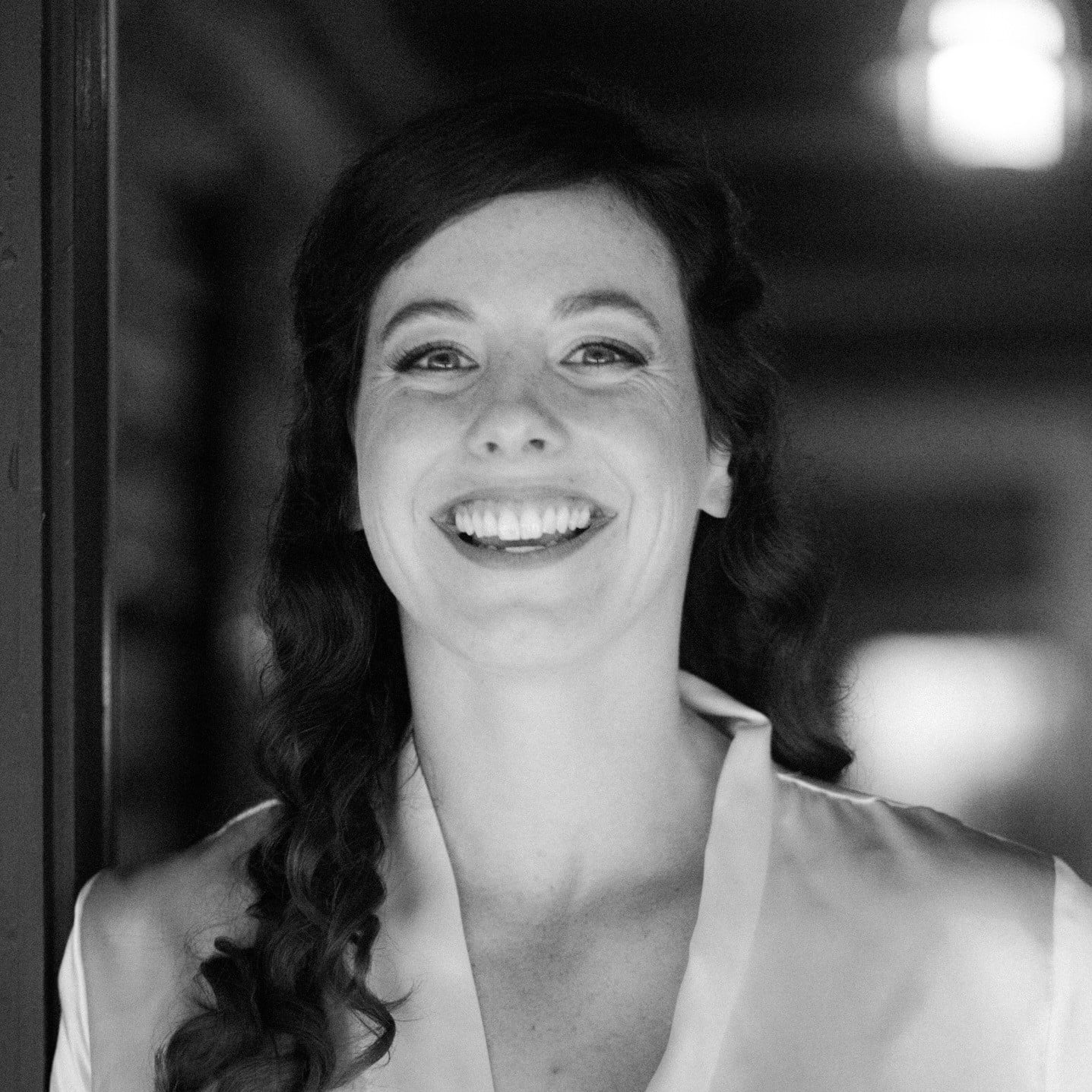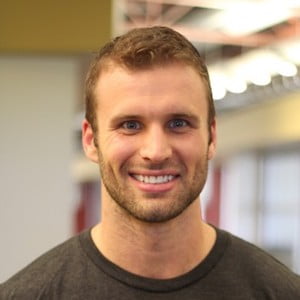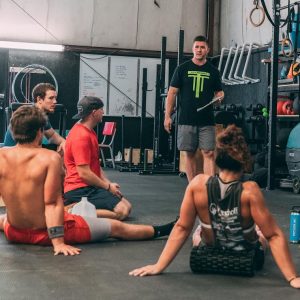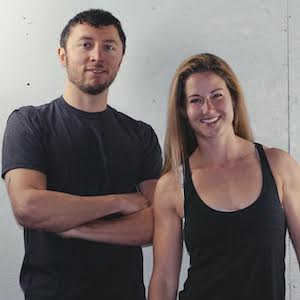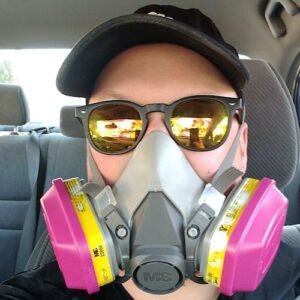Figuring out how to prioritize in any sort of complex system is really, really difficult.
We see this all the time in working with athletes.
A simple, linear mindset results in athletes trying to do more, more, more training — and expecting to get more, more, more results.
In reality, there are trade-offs involved in any sort of training plan.
These are not just the trade-offs between the zero sum competition between training time and ability to adapt, but fundamental trade-offs between constraints being imposed on the system.
If only there were some sort of lens through which we could view the process of making trade-offs between competing priorities in complex systems…
Fortunately, Courtney Kelly is a coach and a copywriter, and she has a background in psycholinguistics.
In linguistics, there is an understanding of the way that humans generate grammar and speech based upon trade-offs between different constraints.
This theory is called “optimality theory,” and Courtney wrote a fantastic article on its application to training here.
Check out the full conversation with Courtney to learn:
- How humans are “built to learn language” — and how the ways that we acquire and deploy language help us understand other complex areas like training or growing a business
- Why trade-offs are not just something we have to deal with, but why they are a fundamental aspect of any system in which we have multiple priorities or criteria for success
- How to develop an excellent understanding of your clients and employees — and how to use that understanding to speak to them in language that they understand
Listen Here
- iTunes
- Overcast
- Google Play
- mp3
- Or stream here:
- If you’re enjoying the show, why not a leave a review? It makes a difference in terms of other people finding the show.
Check out more from Courtney, Ethos Alchemy, and Strength Ratio here:
- Article: Performance optimization? How ’bout optimality theory?
- Website: www.strengthratiohq.com | www.ethosalchemy.co
- Instagram: @strengthratio | @ethos_alchemy
Show Notes:
- [01:01] A background on psycholinguistics and universal grammar — and why grammar is a lot more interesting than “just punctuation”
- [14:24] So, what is optimality theory? What does the way that humans generate speech have to tell us about trade-offs in complex systems — particularly in fitness?
- [28:10] A tangible example of the trade-offs involved in training for a triathlon vs building muscle for aesthetics
- [34:00] Optimality theory treats constraints as “binary” — not on a sliding scale
- [40:15] An grammatical example of optimality theory in action
- [49:02] The importance of having a robust theory of mind for effective communication
- [59:09] The practical applications of understanding theory of mind for copywriting and sales — how to understand clients’ hopes, fears, and dreasm
- [01:13:32] How to know when it’s ok to “exclude” someone with your copy who isn’t a good fit for your business
- [01:18:02] Learn more from Courtney, Ethos Alchemy, and Strength Ratio
Links and Resources Mentioned
- Slipknot “Psychosocial”
- Generative grammar
- Noam Chomsky
- B. F. Skinner
- Dynamic Neuromuscular Stabilization
- “Let’s face it: reading acquisition, face and word processing” from Frontiers in Psychology
- Reading Rehabilitation | American Stroke Association
- Optimality Theory
- “Optimality Theory – Constraint Interaction in Generative Grammar” by Alan Prince and Paul Smolensky
- Zach Greenwald
- Reflexive and Intensive Pronouns
- Markedness and Faithfulness Constraints
- Ruble sign
- Géraldine Legendre
- Theory of mind
- Kurt Vonnegut
- James Joyce
